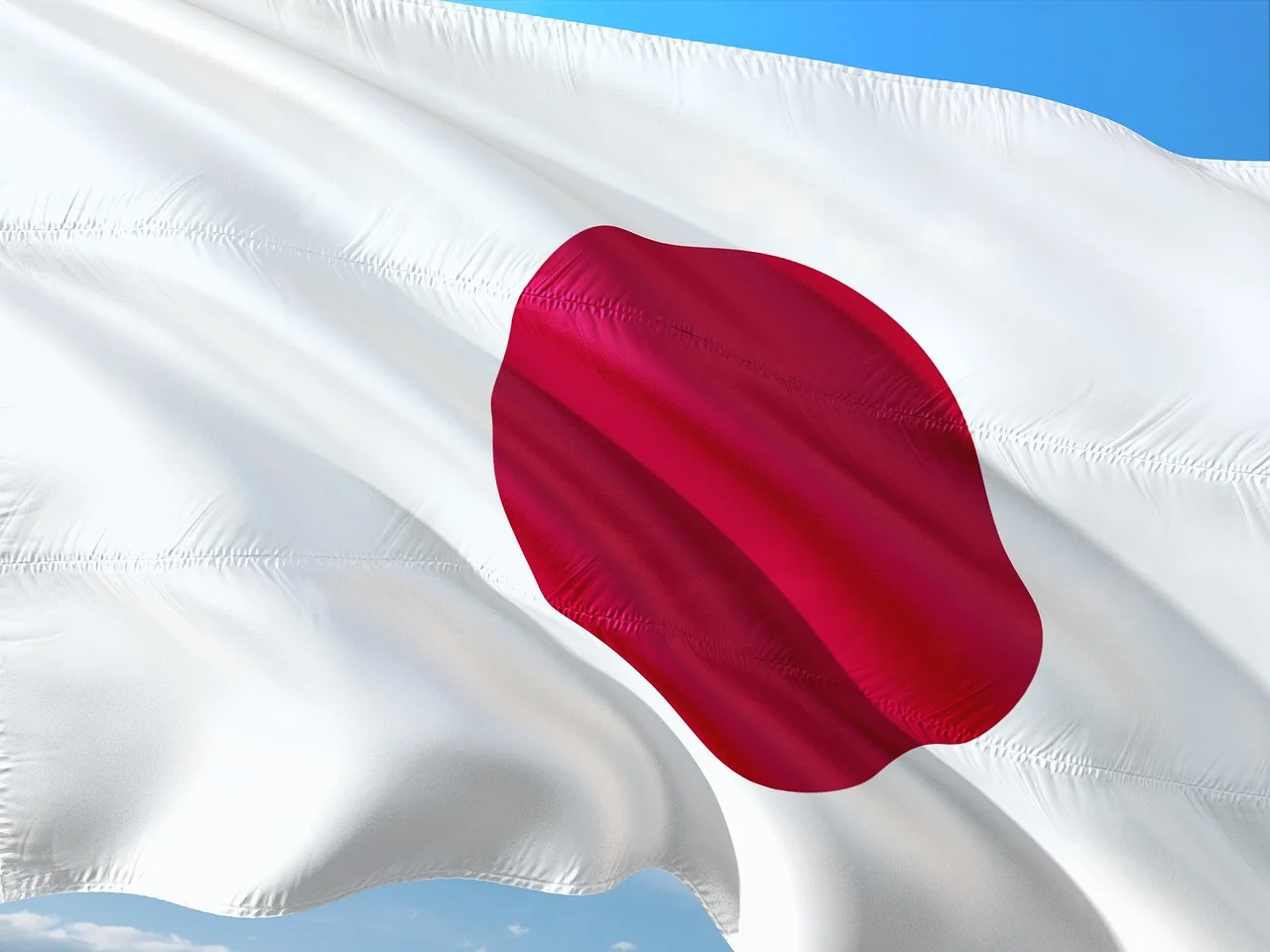On Tuesday morning, the US dollar (USD) strengthened and reached a level above 149 Japanese yen (JPY), hitting its highest point in almost a year. However, in the hours that followed, the Japanese yen (JPY) managed to regain some of its losses. This rebound came shortly after Japan’s finance minister made a statement about the current market situation and suggested the potential for intervention in the foreign exchange market.
Japan’s Finance Minister Suggests the Possibility of Intervening in the Forex Market.
On Tuesday, the USD/JPY pair crossed the 149 mark, which was the lowest point for the yen against the US dollar since October 2022. This drop in the yen’s value happened on the same day when Japan’s finance minister issued a second warning to forex investors within a few hours.
Japan’s Finance Minister, Shunichi Suzuki, expressed his concern in the afternoon, saying, “As I mentioned in the morning press conference, I’m closely monitoring the trends in the market with a sense of urgency.”
Suzuki’s initial warning during the early trading hours prompted a minor reaction from investors. However, his afternoon message of caution caused the yen to strengthen slightly, bringing it back to around 148.8 from its earlier position of approximately 149.1.
Earlier in the day, Suzuki stated that Tokyo is prepared to take necessary actions to prevent excessive currency fluctuations and is keeping all options open. In simpler terms, this means that Japan might directly intervene in the currency markets to support the yen if the need arises.
Differences in Monetary Strategies Between the US and Japan
The yen’s ongoing drop in value compared to the dollar and other major currencies can be mostly attributed to a significant difference in how Japan manages its money compared to other big economies around the world.
Here’s the deal: In countries like the US, Europe, and the UK, their financial decision-makers have been gradually increasing interest rates over the past year and a half to try and control rising prices, or inflation. But Japan, through its central bank known as the Bank of Japan (BOJ), has taken a different approach. They’ve stuck to a more cautious strategy during this time. The BOJ has been saying that they need to keep supporting the economy with extra money and have resisted the urge to raise interest rates quickly.
This approach in Japan started about 10 years ago when former Prime Minister Shinzo Abe and his economic advisor, Haruhiko Kuroda, introduced a series of economic policies called ‘Abenomics.’ However, lately, the current group of decision-makers at the BOJ has been thinking about changing their approach because the yen’s value keeps going down, and they’re feeling the pressure to do something about it.
In the past year, Japan spent a whole lot of money on three different occasions trying to strengthen its yen currency. They might have to do something similar again soon, especially if the yen keeps getting weaker compared to the US dollar.





